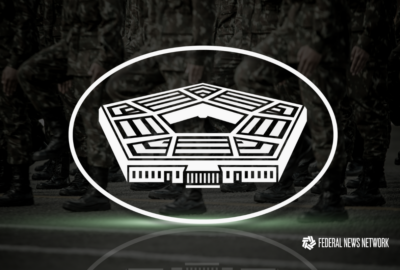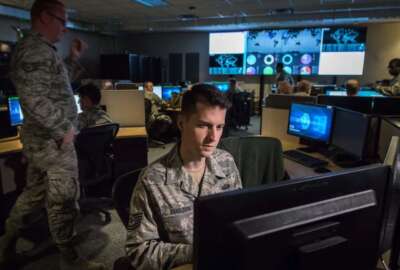DoD sunsets Task Force Lima, introduces AI rapid capabilities cell
[Task Force Lima] had made so much progress and had such concrete recommendations that we moved to stand up this cell for actual execution,” said Radha Plumb.
A year after its launch, the Pentagon is sunsetting Task Force Lima and establishing the Artificial Intelligence Rapid Capabilities Cell, tasked with accelerating the adoption and deployment of AI tools across the department.
Deputy Defense Secretary Kathleen Hicks launched Task Force Lima in August 2023, which spent a year analyzing how generative AI tools, such as large language models, can improve the Defense Department’s operations. The AI RCC’s work builds on Task Force Lima’s findings and recommendations.
“Within 12 months, [Task Force Lima] had made so much progress and had such concrete recommendations that we moved to stand up this cell for actual execution,” Radha Plumb, the department’s chief digital and artificial intelligence officer, told reporters Wednesday.
“The foundational work that Task Force Lima did to both define what the process for implementation and piloting of generative AI should look like, and to help us get started with identifying use cases, key customers — that’s what really allows us to get to the point of having a rapid capability cell that can make initial procurements, that can stand up sandboxes. That work is really the foundation of this ongoing execution effort.”
The cell is housed within the chief digital and artificial intelligence office and executed with the support of the Defense Innovation Unit.
It will follow a three-step process to accelerate the adoption of AI across the services. The AI RCC will start by finding promising AI technologies and testing them through rapid experimentation and prototyping. It will then determine whether the tested technologies are useful for the warfighter and whether they can be scaled. The cell will then use defined acquisition pathways to implement it widely across the DoD.
The CDAO categorized the use cases identified by Task Force Lima into two primary areas — warfighting functions, such as command and control and decision support, and enterprise management functions, such as financial systems, human resources, and healthcare information management.
While there are no timelines for deploying AI technologies the cell will be testing out until they prove to be useful to warfighters, the department used a similar approach to deliver a minimum viable capability for the Combined Joint All-Domain Command and Control initiative earlier this year, which took around 12 months to go from experimentation to deployment.
The Pentagon will allocate $100 million in fiscal 2024 and 2025 to support some of the cell’s initial projects.
The AI RCC is kicking off four frontier AI pilot programs totaling about $35 million — Plumb said the projects will launch immediately.
Two pilots will target warfighting use cases and two pilots will focus on enterprise management use cases. The CDAO will work closely with combatant commands and other DoD organizations to conduct those pilots in 90-day increments, including through the Global Information Dominance experiments.
“We plan to work with our partners at DIU to open up opportunities for additional pilots in the near future,” said Plumb.
To support the development and deployment of frontier AI models, the CDAO is also allocating $20 million for compute resources and sandboxes. It will use a multi-cloud approach to enable this environment – major cloud providers under the Joint Warfighting Cloud Capability initiative will provide the infrastructure and resources.
“We will onboard two cloud service providers in mid-January, which will have those sandboxes and will fast follow with the two remaining cloud services providers by next summer,” said Plumb.
Another $40 million will be awarded to non-traditional and small businesses in Small Business Innovation Research contracts. Plumb said the awards will be made in mid-January.
“We’ve received hundreds of responses to our request for solutions to leverage generative AI in specific DoD ecosystems, everything from applying commercial applications to healthcare and financial management to solutions in critical warfighting areas like autonomy,” said Plumb.
As for the transition from Task Force Lima to the AI RCC, some of the leaders from Task Force Lima will be working on other projects within CDAO, while some people will join the AI RCC.
Copyright © 2025 Federal News Network. All rights reserved. This website is not intended for users located within the European Economic Area.






